A Moment Of Humanity Amidst The Carnage: The Christmas Truce Of 1914
A Moment of Humanity Amidst the Carnage: The Christmas Truce of 1914
Related Articles: A Moment of Humanity Amidst the Carnage: The Christmas Truce of 1914
Introduction
With enthusiasm, let’s navigate through the intriguing topic related to A Moment of Humanity Amidst the Carnage: The Christmas Truce of 1914. Let’s weave interesting information and offer fresh perspectives to the readers.
Table of Content
A Moment of Humanity Amidst the Carnage: The Christmas Truce of 1914
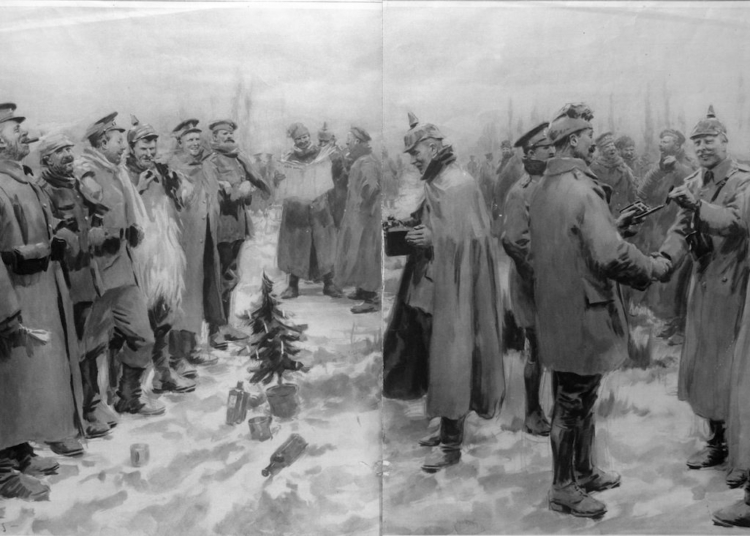
The First World War, a conflict of unprecedented scale and brutality, raged across Europe in 1914. Yet, amidst the relentless shelling, the ceaseless trench warfare, and the unimaginable loss of life, a remarkable event occurred: the Christmas Truce. For a brief period, soldiers on both sides of the conflict laid down their arms, crossed enemy lines, and shared a moment of humanity and camaraderie. This spontaneous act of peace, though short-lived, remains a poignant testament to the enduring human spirit’s capacity for compassion, even in the face of unimaginable adversity.
The Genesis of a Truce:
The Christmas Truce of 1914 was not a planned event; it arose organically from the shared humanity of the soldiers caught in the maelstrom of war. The initial spark was likely ignited by the festive season itself, a time traditionally associated with peace and goodwill. Soldiers on both sides, weary of the endless fighting and longing for a moment of respite, began to notice signs of the approaching Christmas.
The sight of Christmas trees, the sound of carols, and the faint scent of roast goose wafting from enemy trenches, all contributed to a growing sense of shared humanity. This, coupled with the exhaustion of the prolonged trench warfare, created an atmosphere ripe for a spontaneous act of peace.
The Unfolding of a Remarkable Event:
The first signs of the truce appeared on Christmas Eve, 1914. German soldiers, emboldened by the spirit of the season, began singing carols and calling out to their British counterparts. The response was immediate and positive. Soldiers on both sides, initially hesitant, began cautiously approaching the no-man’s land, exchanging greetings and gifts.
The truce blossomed on Christmas Day. Soldiers from both sides emerged from their trenches, meeting in the middle ground. They shared cigarettes, food, and stories, exchanging gifts and even playing impromptu games of football. In some areas, they even held joint religious services, a testament to the power of shared faith in bridging the divide.
The Aftermath and Legacy:
The Christmas Truce, though remarkable, was a fleeting moment of peace. The military authorities, fearing the precedent it set, swiftly put a stop to it. The soldiers were ordered back to their trenches, and the fighting resumed with renewed intensity.
Despite its brevity, the Christmas Truce left a lasting impact. It became a symbol of hope and humanity amidst the horrors of war. It also highlighted the shared human experience of the soldiers on both sides, transcending the artificial boundaries of nationality and ideology.
The Importance of the Christmas Truce:
The Christmas Truce holds immense historical significance. It stands as a powerful reminder of the enduring human capacity for compassion, even in the darkest of times. It serves as a counterpoint to the dehumanizing nature of war, reminding us that even in the midst of conflict, the essence of our shared humanity remains.
Furthermore, the truce highlights the power of individual action. It was not a top-down decision by military leaders, but rather a spontaneous act of peace initiated by the soldiers themselves. This underscores the importance of individual agency and the potential for positive change that resides within each of us.
Frequently Asked Questions about the Christmas Truce:
Q: How widespread was the Christmas Truce?
A: The Christmas Truce occurred in various locations along the Western Front, but its extent varied. It was most widespread in the area around Ypres, Belgium, but also occurred in other sectors, including the Somme and Artois.
Q: Did the truce occur everywhere along the front lines?
A: No, the truce was not universal. In some areas, the fighting continued unabated. The truce was more likely to occur in areas where there was a degree of familiarity between the opposing forces, where soldiers had engaged in previous encounters and developed a sense of mutual respect.
Q: What was the official response to the truce?
A: The official response was largely negative. Military leaders on both sides saw the truce as a threat to discipline and a sign of weakness. They feared that it would undermine the war effort and set a dangerous precedent.
Q: What happened to the soldiers who participated in the truce?
A: Most soldiers who participated in the truce were punished, either with a reprimand or a brief period of detention. However, there were also instances where soldiers were commended for their actions. The truce, despite its suppression, became a source of pride for many of the soldiers involved.
Q: What is the legacy of the Christmas Truce?
A: The Christmas Truce has become a powerful symbol of hope and humanity amidst the horrors of war. It serves as a reminder that even in the darkest of times, the human spirit can find a way to express its innate capacity for compassion and understanding. It continues to inspire generations to seek peace and reconciliation, even in the face of seemingly insurmountable challenges.
Tips for Understanding the Christmas Truce:
- Go beyond the romanticized narratives: While the Christmas Truce is often depicted as a heartwarming event, it is important to remember that it occurred amidst a brutal and unforgiving war. The truce was a fleeting moment of respite, and the fighting resumed with renewed intensity shortly after.
- Consider the perspectives of the soldiers: The Christmas Truce was a spontaneous act of peace initiated by the soldiers themselves. It is important to understand their motivations and the context in which they acted.
- Recognize the limitations of the truce: The truce was not a complete cessation of hostilities. It was localized and temporary, and the fighting continued in many areas.
- Reflect on the lessons of the truce: The Christmas Truce offers valuable lessons about the importance of human connection, the power of empathy, and the potential for peace even in the midst of war.
Conclusion:
The Christmas Truce of 1914 remains a remarkable and poignant chapter in the history of the First World War. It stands as a testament to the enduring human capacity for compassion, even in the face of unimaginable adversity. It serves as a reminder that even in the midst of conflict, the essence of our shared humanity remains, and that even the most seemingly insurmountable barriers can be overcome by acts of kindness and understanding. The Christmas Truce, though fleeting, continues to inspire generations to strive for peace and reconciliation, reminding us that even in the darkest of times, hope and humanity can prevail.


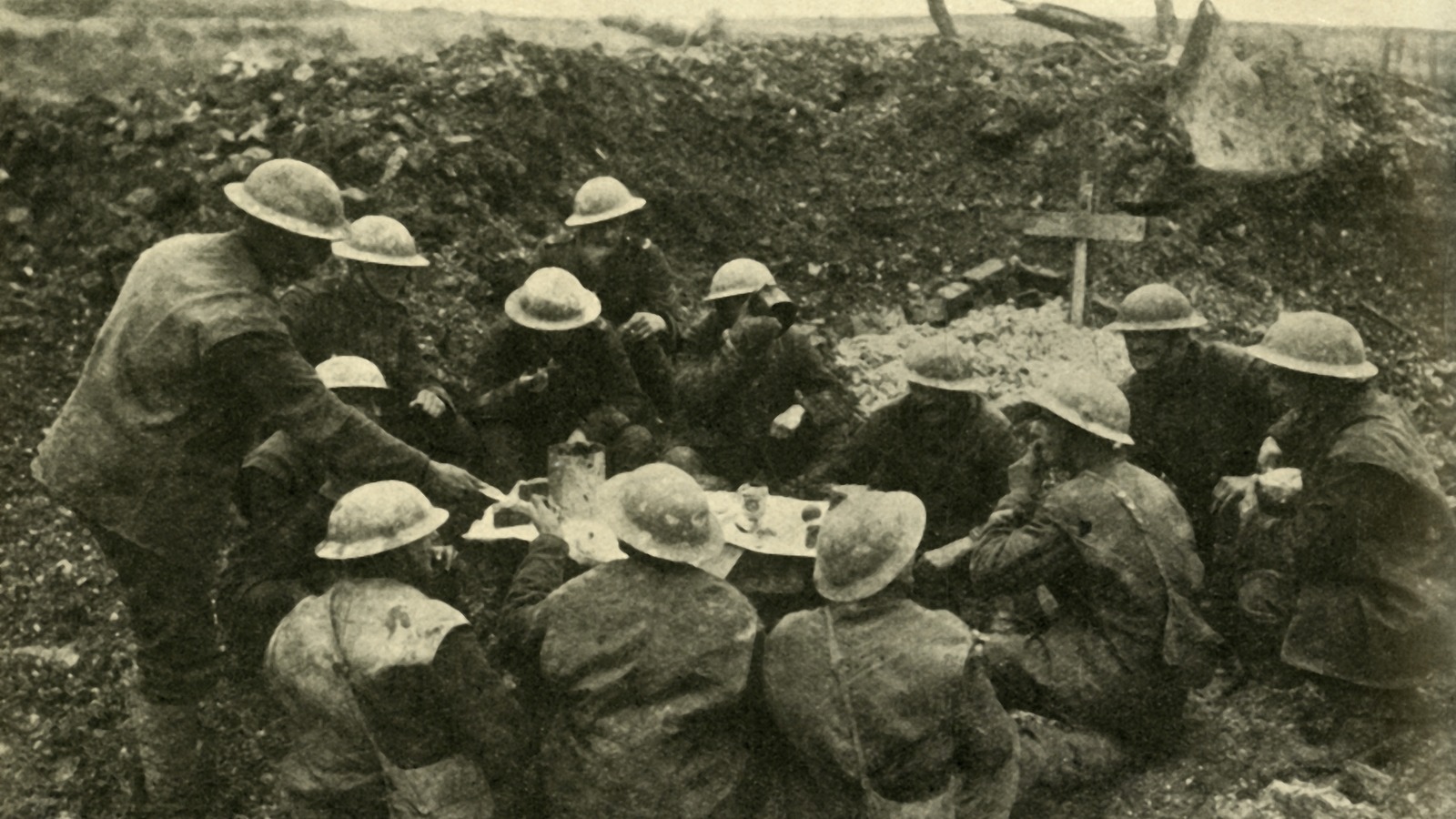

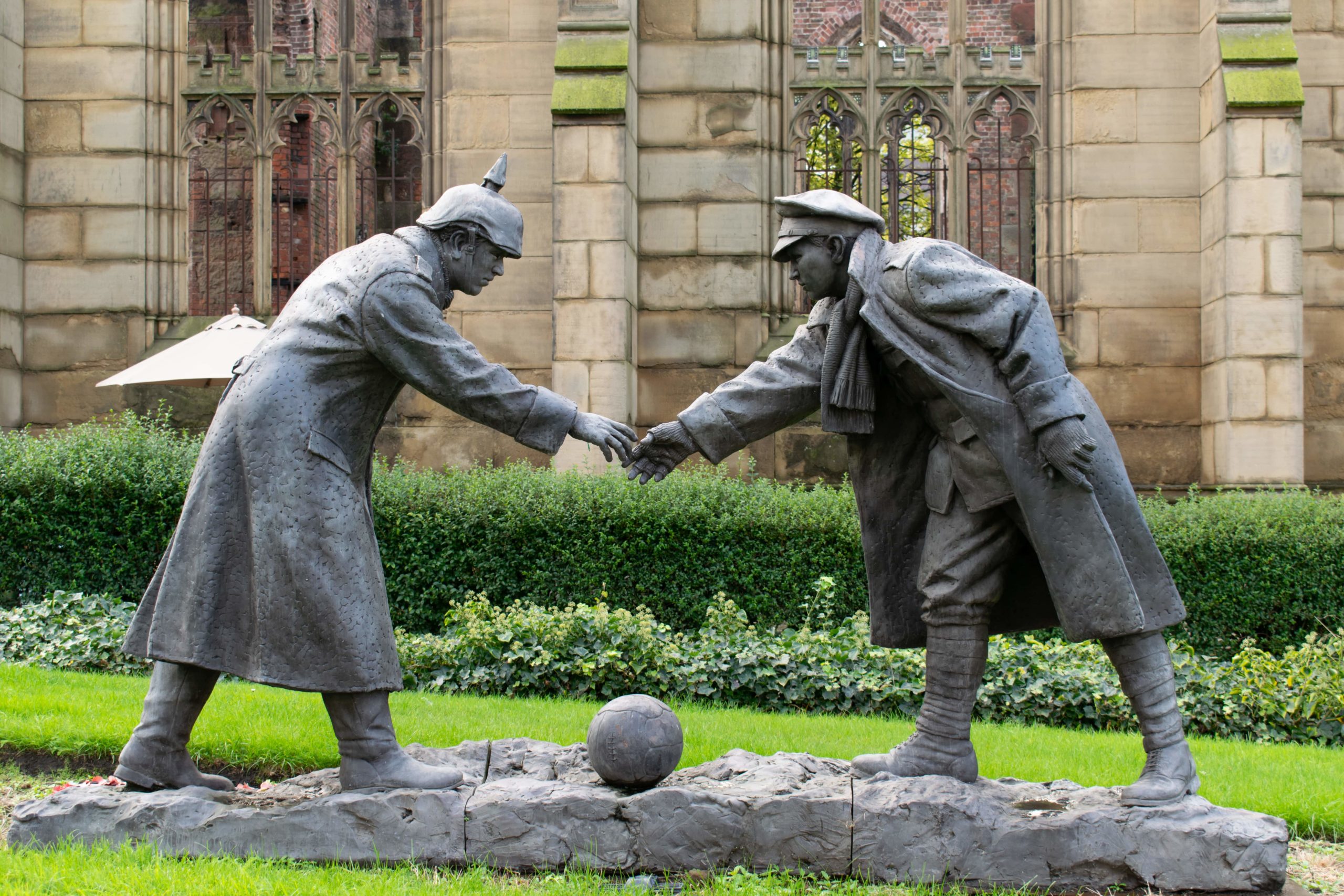
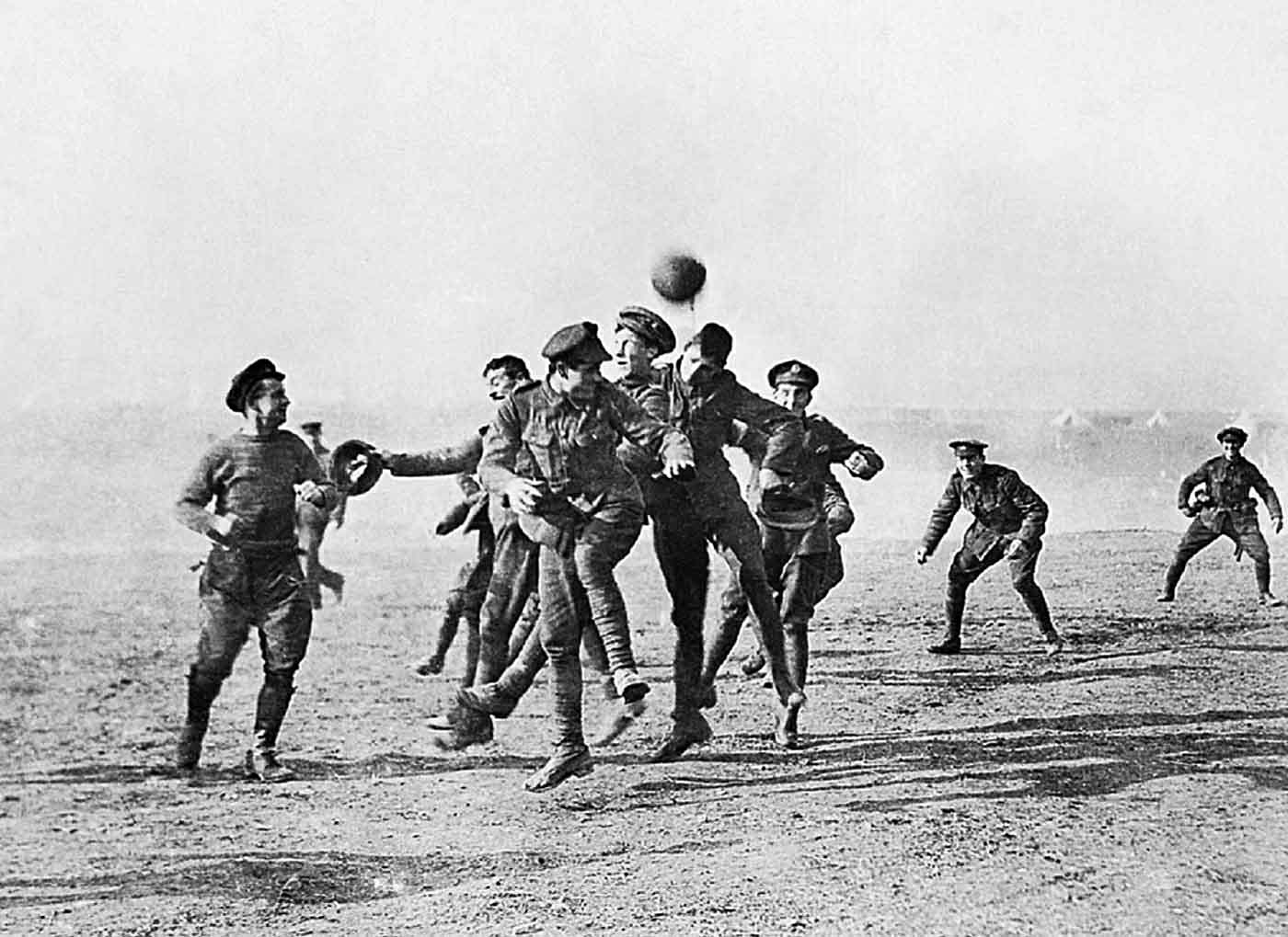

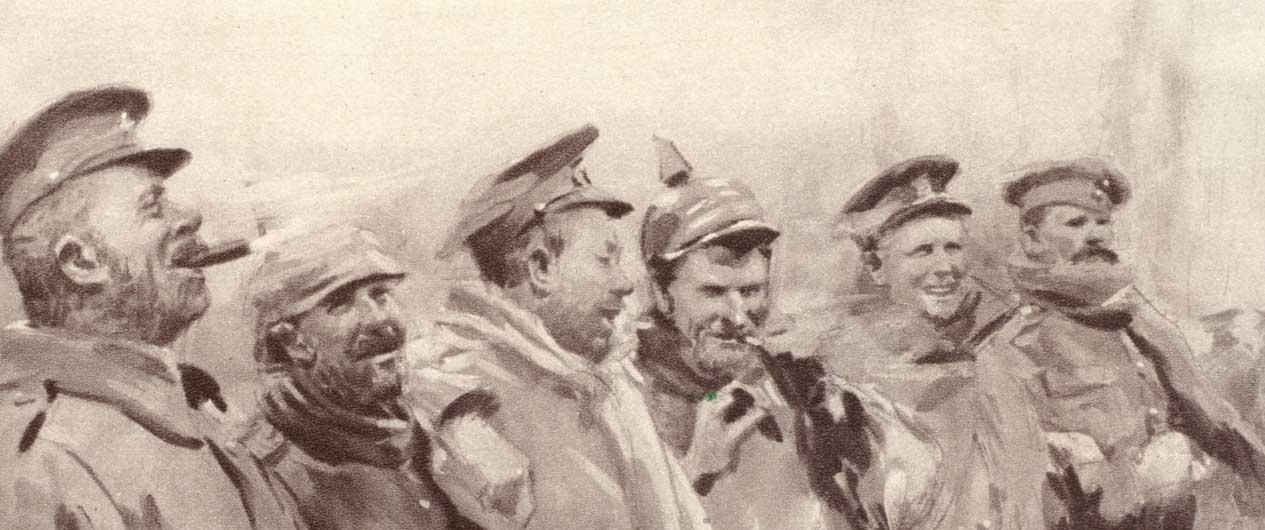
Closure
Thus, we hope this article has provided valuable insights into A Moment of Humanity Amidst the Carnage: The Christmas Truce of 1914. We hope you find this article informative and beneficial. See you in our next article!
Leave a Reply